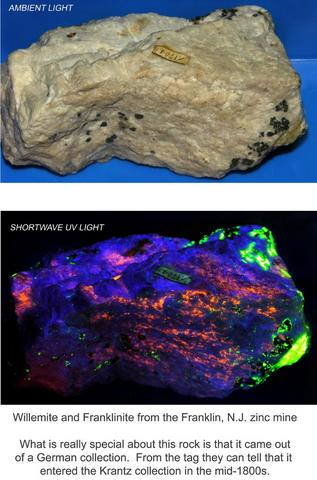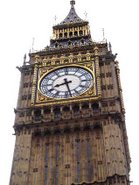Radio Controlled Airplanes
A few weeks ago I celebrated having had a pilot’s license for 25 years. In America once you get your license to fly it is permanent unless revoked. Of course you have to fulfill certain requirements like an up to date medical and the biennial flight review to be considered by the FAA as “current” but you still remain a licensed pilot even when you are not current.
More than a half a century ago my Mother was a pilot, and I am told that I first flew in a small private aircraft when I was a baby in arms.
Many years ago I got involved with radio controlled cars thanks to the avid interest of my stepson. Recently I have taken up flying radio controlled airplanes. As with computers and cell phones modern digital technology has improved quite a lot over the last few years. The same is certainly true for radio controlled cars, boats, and airplanes. With digital transmitters and receivers, brushless motors, and the latest technology of high capacity and light weight lithium polymer batteries everything has improved a great deal. These li-po batteries are the next generation beyond what you have in your laptop, which is most likely a lithium ion battery.
The radio controlled airplane I recently built is a high wing; sort of a copy of a Cessna 172. The wing span is almost 60 inches and with modern materials technology the entire airplane is very light. It is so big that when transporting it in the car one has to put down the back seats in the car and remove the wing from the fuselage. The aircraft has a brushless electric motor, so it is quite powerful and more than able to do STOL (short take off and landing). The elevator and ailerons are fully controllable, as well as the throttle and the rudder. Thanks to using an electric motor rather than a messy and noisy gasoline engine, it flies very quietly. As in a real Cessna, turning the rudder left or right also steers the nose wheel.
Unfortunately the aircraft flew through some extremely violent clear air turbulence (read pilot error), and now the patched up remains of the aircraft are just an interesting looking mobile hanging from the ceiling of my house.
-
-
-
-
-
-
-
-
-
-
-
-
More than a half a century ago my Mother was a pilot, and I am told that I first flew in a small private aircraft when I was a baby in arms.
Many years ago I got involved with radio controlled cars thanks to the avid interest of my stepson. Recently I have taken up flying radio controlled airplanes. As with computers and cell phones modern digital technology has improved quite a lot over the last few years. The same is certainly true for radio controlled cars, boats, and airplanes. With digital transmitters and receivers, brushless motors, and the latest technology of high capacity and light weight lithium polymer batteries everything has improved a great deal. These li-po batteries are the next generation beyond what you have in your laptop, which is most likely a lithium ion battery.
The radio controlled airplane I recently built is a high wing; sort of a copy of a Cessna 172. The wing span is almost 60 inches and with modern materials technology the entire airplane is very light. It is so big that when transporting it in the car one has to put down the back seats in the car and remove the wing from the fuselage. The aircraft has a brushless electric motor, so it is quite powerful and more than able to do STOL (short take off and landing). The elevator and ailerons are fully controllable, as well as the throttle and the rudder. Thanks to using an electric motor rather than a messy and noisy gasoline engine, it flies very quietly. As in a real Cessna, turning the rudder left or right also steers the nose wheel.
Unfortunately the aircraft flew through some extremely violent clear air turbulence (read pilot error), and now the patched up remains of the aircraft are just an interesting looking mobile hanging from the ceiling of my house.
-
-
-
-
-
-
-
-
-
-
-
-



























